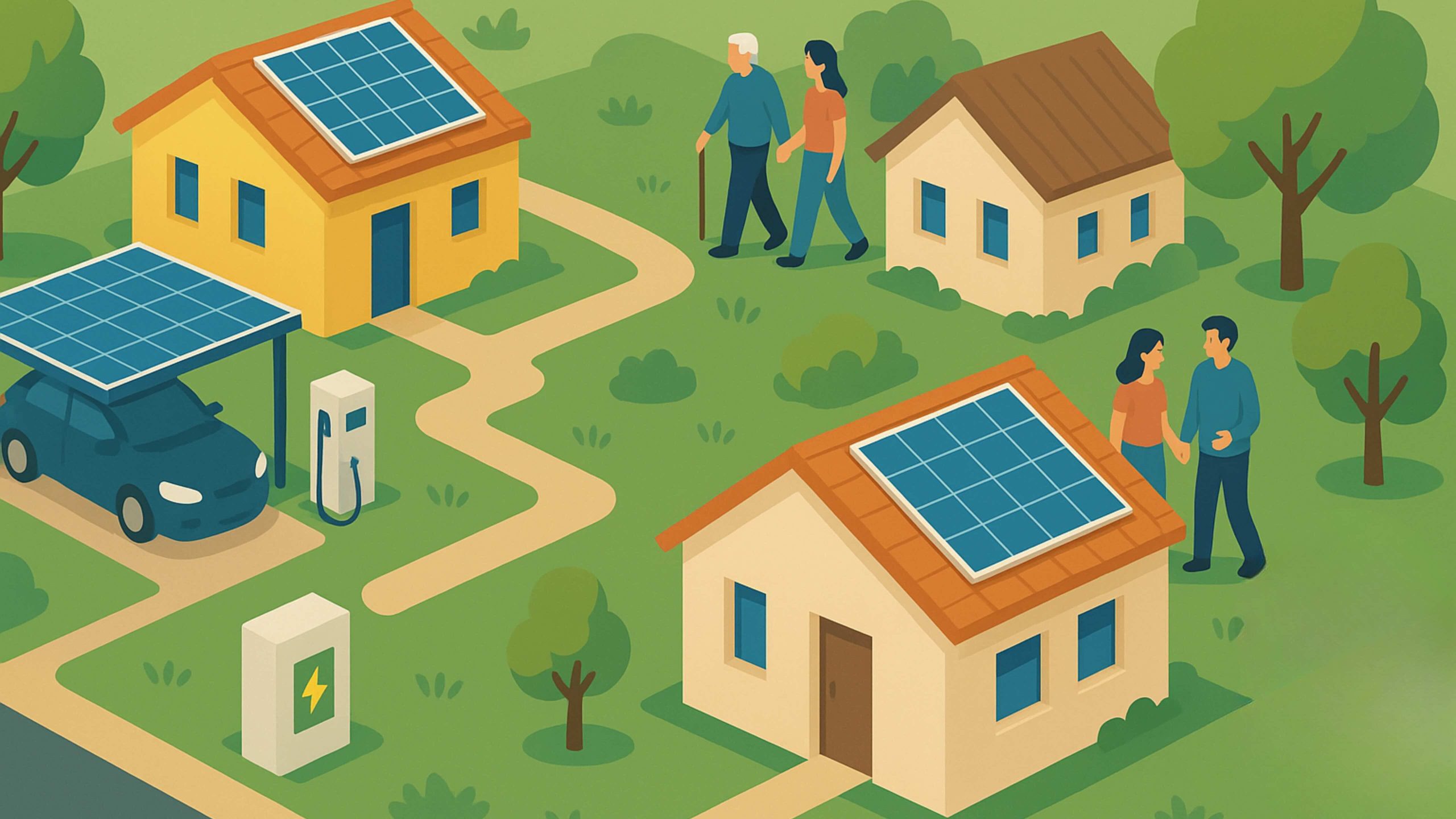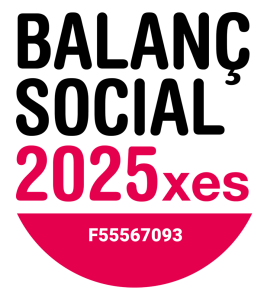The Generalitat of Catalonia has published Decree Law 22/2025, of October 28 , to increase the resilience of the electricity supply in Catalonia .
The standard regulates for the first time battery storage , energy communities and their Registry , and simplifies procedures (up to 500 kW). It also restricts the implementation of photovoltaics on irrigated land and strengthens territorial governance (Social Dialogue Tables and Sectoral Territorial Plan).
BOOSTING ENERGY COMMUNITIES
Some of the new features included in the Decree-Law to promote energy communities are:
- Public utility. Decree-Law 22/2025 considers both renewable energy communities and citizen energy communities as energy communities in accordance with EU and national regulations, and declares them to be of public utility . This provides reinforced legal coverage to their projects.
- Specific registration. The Registry of Energy Communities is created (dependent on the competent department for energy) and registration is done by responsible declaration , with the possibility of subsequent verification by the Administration.
- Direct transfer of public spaces. Administrations and the public sector can directly establish surface rights, concessions or public domain authorizations in favor of energy communities when there is a general interest (key for roofs/municipal land).
- Procedural exemptions. Projects promoted by energy communities are exempt from the initial presentation act and the offer of local participation .
- Municipal role and territorial impetus. The Decree-Law reinforces municipal powers in energy transition, including their participation in renewable energy communities and citizen energy communities , and provides the ICAEN with a territorial structure to support city councils and communities in the deployment of projects.
ADDITIONAL MEASURES FOR ENERGY COMMUNITIES
Although this new Decree-Law represents a step forward, there is still room for additional improvements that the Generalitat can activate within its powers to accelerate the deployment of energy communities.
In this sense, the Registry of Energy Communities and registration by responsible declaration require development that clarifies content .
In the direct transfer of surface rights, concessions or authorizations in favor of energy communities, it will be necessary to develop the procedure , the criteria of “general interest” , the deadlines and the transparency/concurrence .
Under a local participation regime , it would be necessary to incorporate financial instruments adapted to energy communities (EC) (e.g., local microbonds or public guarantees ).
Likewise, although the ICAEN is provided with a territorial structure and the role of the Business Management Office is strengthened , there is no specific “CE window” with comprehensive traceability of files ; creating one would help standardize criteria and shorten deadlines .
Finally, the Sectoral Territorial Plan will set the municipal reception capacity in six months; it would be important to reserve quotas for projects promoted by energy communities (CE) . Introducing CE objectives/quotas would facilitate their deployment in balance with the large promotion .
- Link to the Decree Law : https://dogc.gencat.cat/ca/document-del-dogc/?documentId=1028073














